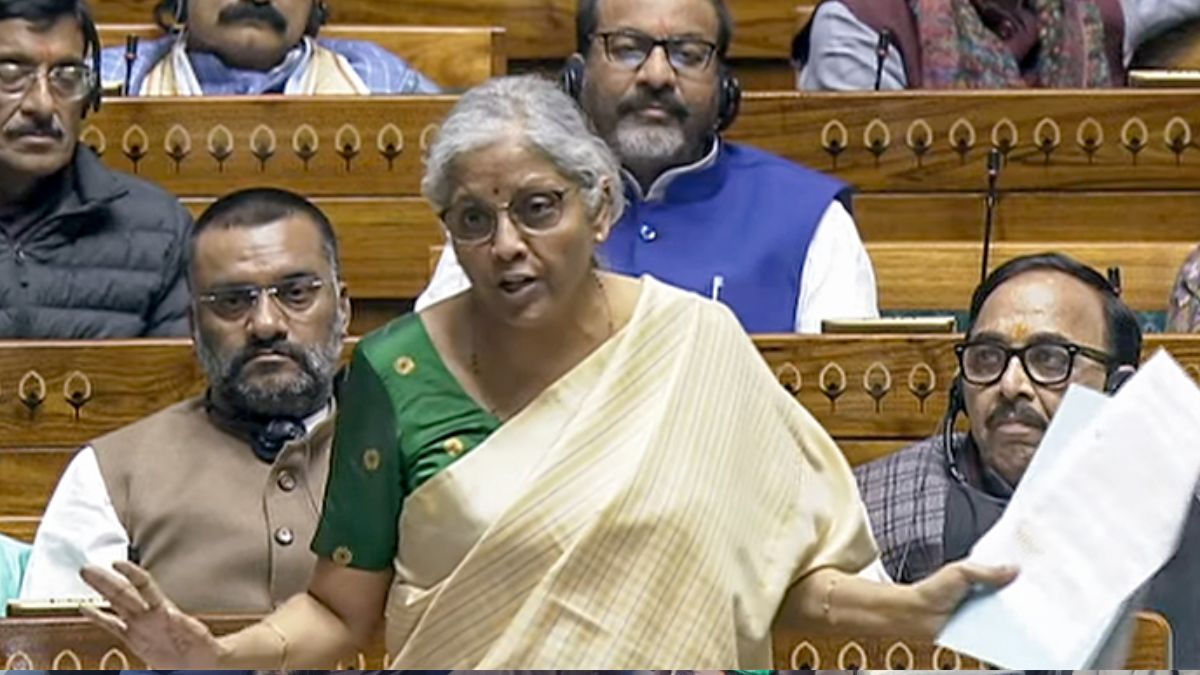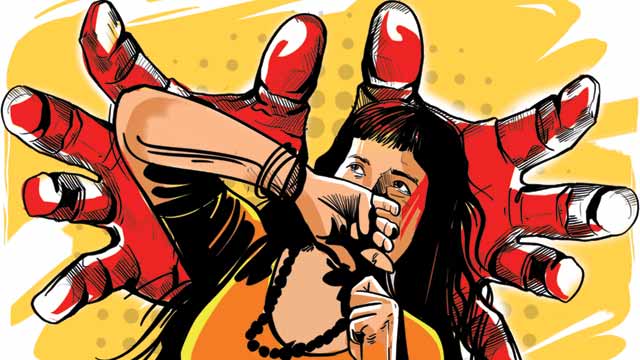As India mourns one of its most tragic aviation disasters in recent memory, the probe into the Air India Flight AI-171 crash has intensified, with Minister of State for Civil Aviation Murlidhar Mohol confirming that “possible sabotage” is among the angles being thoroughly investigated. This revelation follows the formal initiation of the Aircraft Accident Investigation Bureau’s (AAIB) inquiry and the commencement of black box data decoding at a high-security lab in Delhi.
Air India Flight 171, a Boeing 787-8 Dreamliner, crashed minutes after taking off from Ahmedabad on June 12, killing 241 of the 242 passengers onboard and 19 more on the ground. The incident marked the first-ever fatal crash involving a B787-8 aircraft globally, shocking the international aviation community and igniting urgent calls for answers.
Doctors reported that around 270 bodies were initially brought to hospitals from the crash site, though Gujarat authorities have now confirmed the final toll at 260. According to health secretary Dhananjay Dwivedi, all victims have been identified and their remains handed over to families.
The AAIB, India’s top crash investigation agency, began the formal process of reconstructing the crash timeline using data extracted from the plane’s flight data recorder (FDR) and cockpit voice recorder (CVR)—commonly referred to as black boxes. These were recovered from the debris field and flown to Delhi for analysis. A multidisciplinary investigation team was set up on June 13, including Indian aviation experts, a US National Transportation Safety Board (NTSB) contingent, and personnel specializing in aviation medicine and air traffic control.
In remarks made during an event in Pune, MoS Murlidhar Mohol stated, “The AAIB has begun a full investigation… All angles are being assessed, including sabotage. CCTV footage is under review, and several agencies are working in tandem.” His comment reflects the seriousness with which the government is treating this incident, amid increasing public scrutiny and speculation.
The black box decoding began on June 24, and according to officials, the Crash Protection Module (CPM) was safely accessed by June 25. The data is now under active review by Indian and American experts. Initial findings point to a Mayday call made shortly after takeoff, suggesting the pilots recognized a critical failure. Experts are exploring several possibilities, including engine thrust issues, system malfunction, and human error. Notably, reports indicate that the aircraft’s landing gear may have remained extended, a rare and unusual occurrence for such a model.
Aviation expert Amit Singh noted that the Boeing 787‘s engines are among the most powerful in commercial aviation, making a thrust failure particularly concerning. “It appears the aircraft could not gain sufficient lift. The pilot’s immediate distress call supports that something went terribly wrong right after takeoff,” Singh added.
In addition to cockpit and system data, the investigative team is reviewing airport surveillance footage, radio communications, maintenance records, and environmental factors like wind shear and visibility at the time of departure. A bird-hit scenario has been ruled out.
For the families of the victims, the pain remains raw, but the government has promised full transparency. As officials continue to dig deeper, the nation awaits answers that could bring closure, accountability, and perhaps most critically, new safeguards to prevent such a tragedy from happening again.
Discover more from The Doon Mozaic
Subscribe to get the latest posts sent to your email.



